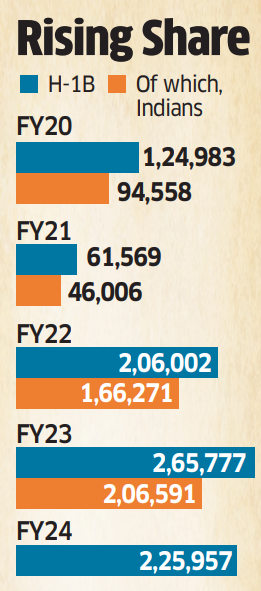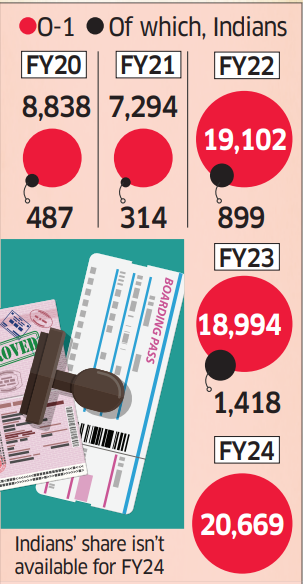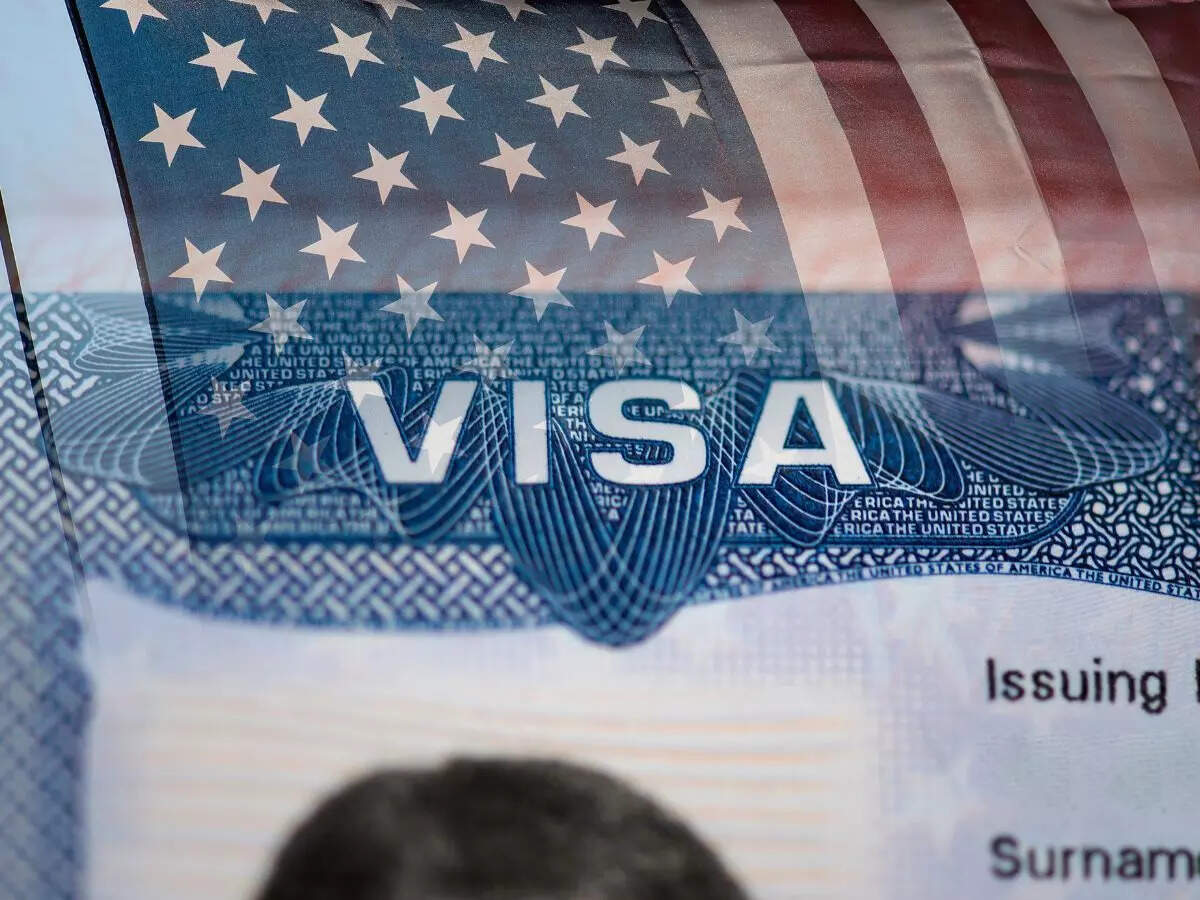Soundarya Balasubramani was just twenty-four years old when she quit a coveted technology job at Salesforce to pursue her entrepreneurial dream.
She launched The Curious Maverick LLC, an educational venture that publishes books and builds online communities. The bold move helped the young professional bag a O-1 visa, a non-immigrant US visa for persons of extraordinary abilities.
“I got my O-1A (visa) approved as the solo founder and 100% owner of an educational venture that publishes books and builds communities,” says Balasubramani, now twenty-eight and a San Francisco resident.
Highly qualified STEM students, cybersecurity experts, researchers, and people in arts, movies, sports, writers, social media content creators are increasingly exploring the O-1 pathway to fulfil their American dream. Employers are also recognising the benefits of this approach and are coughing up big dollars to sponsor O-1 visas for deserving workers. They are encouraging candidates to publish research papers, books and attend conferences which help them to build a strong profile, according to visa consultants.
Introduced as part of the Immigration Act of 1990, the non-immigrant visa specifies eight eligibility criteria, of which at least three need to be fulfilled.
 ETtech
ETtech
Application costs for O-1A visas could range from $10,000 to $30,000.“There’s definitely higher interest in O-1A, simply because it’s like an H-1B without a lottery, although it’s not a piece of cake,” said Sahil Nyati, founder at Jinee Green Card – a US-based immigration consultancy advising on specialised visa categories.
According to official data from the US Department of State, the number of O-1A visas granted has grown from 8,838 in FY 20 to 18,994 in fiscal 2023.
 ETtech
ETtech
Notably, Indians were the third largest nationality after Great Britain and Brazil to secure 1,418 O-1A visas in FY23, up from 487 in FY20, data showed.
Technology companies keen to attract and retain highly skilled overseas talent are taking note.
A tech company in the Bay Area encouraged one senior AI researcher to contribute notes to press articles to bolster his application for an O-1A. At the same time, his H-1B was also due for renewal that year, but given his qualifications, pursuing the O-1A route helped avoid the complexities of the H-1B process, he told ET on the condition of anonymity.
The ongoing talent race in the United States- triggered largely by the AI boom—is stoking demand for overseas PhD researchers and other high -skill professionals, the bulk of whom are discovering that the O-1A visa category offers a smoother pathway into the US.
US state department data also shows that the O-1A category has a 93% approval rate compared to say an H-1B which has a 37% chance of success.
In addition, there are no upper limits or lotteries in the O-1A category.
Aslam Ahmed, Partner, Singhania & Co said, “Companies like Google, OpenAI, Tesla, McKinsey are among those open to recruiting promising new talent from India and attracting well established players in their fields to their US headquarters. While top universities like Harvard, Yale and Columbia are always looking to hire the best faculty and researchers globally.”
Growing Fast
To be sure, the numbers of O-1 visas are small as compared to H-1B.
In fiscal 2024, a total of 225,957 H-1B visas were approved as compared to only 22,669 O-1As.
But since then, while demand for the former is on a declining trend, O-1As are growing at nearly 10% year-on-year.
Ahmed estimates that the cost of sponsoring an O-1A visa is nearly ten times higher than the H-1B, which typically costs $970 for smaller employers to $7,775 for larger companies that opt for premium processing.
Attorney fees add another $2,000-$5,000.
In contrast, application costs for O-1A visas range from $10,000 to $30,000, with legal fees representing the largest component.
But companies and individuals are still willing to cough up big dollars.
For example, among those to have been granted this visa is a PhD holder in hardware design with three published papers and over fifty-four citations. To further support his application, his employer added several conference participations and podcast interviews.
While a physiotherapist who had served the elderly in the US was viewed as service to the nation and eligible for O-1 and a researcher who published a paper in music and dance therapy also qualified for the category.
IBM Research regularly sponsors visas for Indian researchers with many patents, said Ahmed of Singhania & Co.
“Filing and coming up with an industrially useful patent though, is a very difficult and challenging task,” he added.
The Challenges
Immigration consultants in the US are seeing a sudden surge in interest in O-1A and are scaling up faster by advising clients on this lesser-known pathway.
Applicants who were not picked in three H-1B lotteries as well as recent graduates are increasingly getting aware about the O-1 visa, said Jinee’s Nyati, who is growing his firm from 60 clients to 300.
“Under the O1-A category, STEM professionals are focussing on upskilling in areas like cybersecurity, publishing research, and speaking at conferences. Meanwhile, under the O-1B, which is for people in arts, we recently secured a visa for a Bollywood producer who has been in the business for 10 years,” he said.
Prachi Shah, founder & managing attorney at Prachi Shah Law said that the firm secured an O-1A for an entrepreneur within 10 days because they created an application which will ultimately uplift the US economy.
